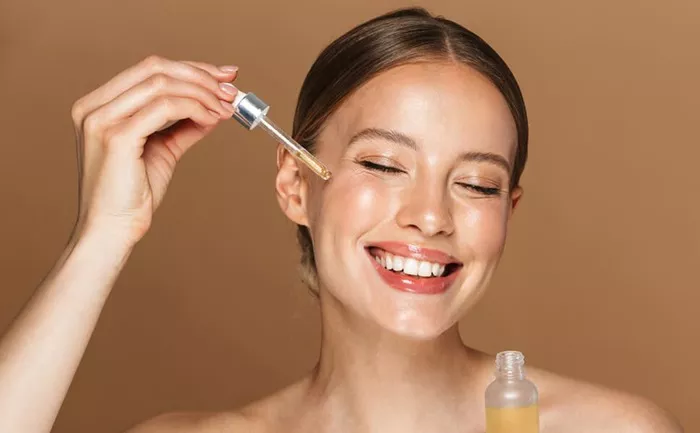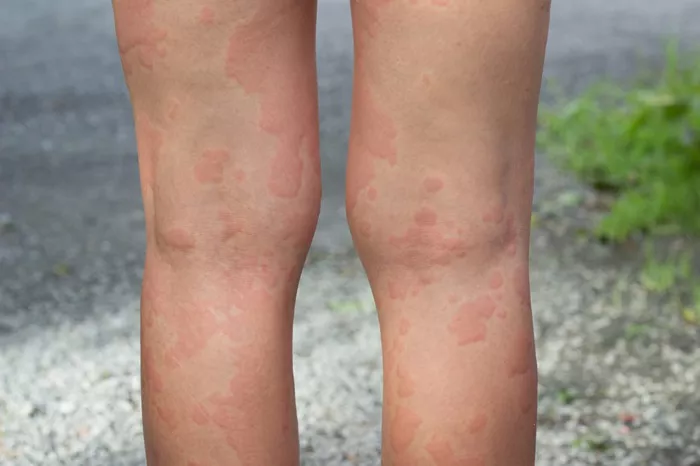In recent years, the term “anti-aging” has come under scrutiny. More women are shifting their focus away from simply erasing wrinkles and instead embracing their most radiant, authentic selves. Leading skincare experts say that healthy skin quality—not the absence of age lines—is now the true benchmark of beauty.
“Looking younger does not necessarily mean looking better,” said Dr. Ranella Hirsch, a dermatologist based in Cambridge, Massachusetts, who treats many women whose careers put them in front of the camera. “Women in their 50s who glow don’t always appear younger, but their skin quality is exceptional. Their skin is nourished, protected, vibrant, and elastic. You can gently pinch their skin, and it bounces back.” She cites figures like Isabella Rossellini and Michelle Yeoh as examples of this natural yet glowing skin.
Though harder to quantify than counting wrinkles or measuring their depth, “skin quality” is gaining a clearer medical definition. This is partly due to the U.S. Food and Drug Administration’s 2023 approval of Skinvive, a new injectable filler by Juvéderm designed specifically to improve “skin quality.” The product has been available in the European Union since 2017 under the name Volite.
Dr. Macrene Alexiades, a dermatologist in New York City and one of the researchers behind Skinvive, describes this shift in aesthetic standards as a rejection of generic faces created by excessive filler—faces stripped of all wrinkles, puppet lines, or sagging. Over the years, many celebrity looks seen on social media and red carpets have become disturbingly uniform. Now, even stars like Pamela Anderson, who is embracing a natural look revival, and Courteney Cox, who has expressed regret over fillers, are seeking authenticity.
This doesn’t mean no treatments are used. “As people become more aware of the effects of overdone faces, more doctors are adopting subtle approaches,” said Dr. Julius Few, a plastic surgeon in Chicago. “Achieving good skin quality isn’t about quick fixes like ‘Oh, there’s a wrinkle, fill it.’ It’s a comprehensive, long-term approach. I use a combination of treatments targeting all skin layers: topical care for the surface, laser treatments for the mid-layer, and dermal fillers for structural support.”
How to Optimize Skin Quality While Staying True to Yourself
Prioritize Your Daily Routine
“Daily skincare is essential,” said Danuta Mieloch, a skincare expert with over 30 years of experience working in Philadelphia and New York City. She notes that consistent daily care is what her older clients with great skin all have in common. “It’s like working out—if you only hit the gym once a month, you won’t get in shape,” she said.
Combat Skin Stress
After age 25, damage accumulates. “Due to exposure to UV rays, pollution, and other environmental stressors, skin cells lose their ability to repair themselves,” explained Dr. Alexiades. Using serums rich in antioxidants like vitamin C and peptides can help repair DNA damage. Additionally, skincare products containing adaptogens—plant-based ingredients that help the body handle stress—can reduce redness, uneven tone, dullness, roughness, and enlarged pores.
Protect Your Skin Barrier
Microneedling rollers, vibrating cryotherapy wands, and DIY acid peels have become popular in recent years, but dermatologists have also noticed a surge in irritated skin. Repairing the lipids—the “mortar” between the skin’s “bricks”—is crucial for hydration, smoothness, tone, and overall skin function.
Dr. Hirsch calls the skin barrier “an often neglected but vital frontline defense.” If you experience itching, tightness, peeling, or redness, your skin barrier is damaged. To address this, she recommends gentle moisturizing cleansers and creams, avoiding all active ingredients until redness subsides.
Never Skip Sunscreen
Skin quality is closely linked to overall health. “Some things you know not to do—like smoking or over-scrubbing your skin—and some you know you should do, like wearing sunscreen,” Hirsch said. This is especially critical for lighter skin tones. A 2013 study published in Clinical, Cosmetic and Investigational Dermatology found that 80% of visible facial aging signs in white women—wrinkles, texture changes, pigmentation—were due to UV exposure. People of all skin tones should use at least SPF 30 and reapply every two hours or after swimming or sweating. Maintaining this habit is essential for long-term skin quality.
A Touch of Injectable Elasticity
Returning to the new hyaluronic acid filler, Juvéderm’s Skinvive can be viewed as an injectable moisturizing serum. “It’s very different from other fillers,” said Alexiades, the product’s lead researcher who helped develop the skin quality index over 15 years. It is nearly undetectable but can produce significant improvements when administered correctly. It is injected as tiny droplets into the cheeks and can also be used off-label on other dehydrated or wrinkled areas. “It’s perfect for those who want better skin quality without a visibly tight or plumped look,” she explained. The effects appear about a month after treatment and typically last up to six months. Costs vary by location and dosage but generally range from $650 to $1,500 per session.
Consider Laser Treatments
Before the backlash against overly “done” looks, lasers were already a preferred method for improving overall skin quality. “If someone’s skin is truly aged, I definitely recommend laser,” said Dr. Few. He favors Halo, a device that uses multiple wavelengths to break down unwanted pigment and stimulate collagen production. It requires about a week of recovery, after which patients notice brighter, clearer skin and smoother texture over six months. “This remodeling tool is highly effective and offers benefits similar to Skinvive,” Few noted, emphasizing that trained doctors should preserve distinctive features like freckles, birthmarks, and benign moles.
Related Topics

































